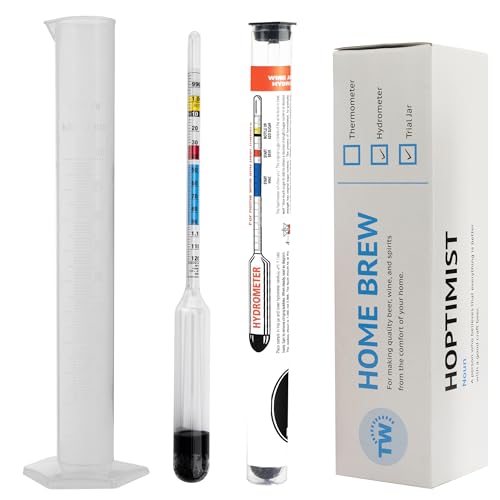That's what I'd expect from a plate chiller!
Why wouldn't you do it again? What's not to like about quicker chilling and knocking time off your brewday? I'm clearly missing something...
I use that time for cleaning up and sterilising the FV, just my routine!













































